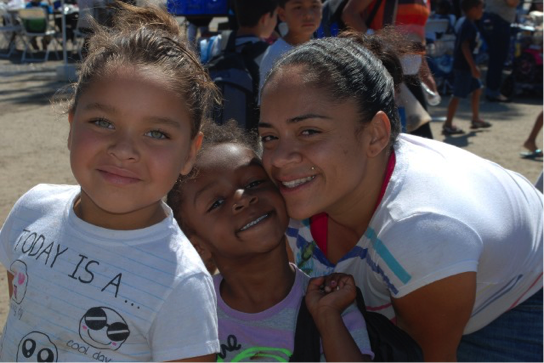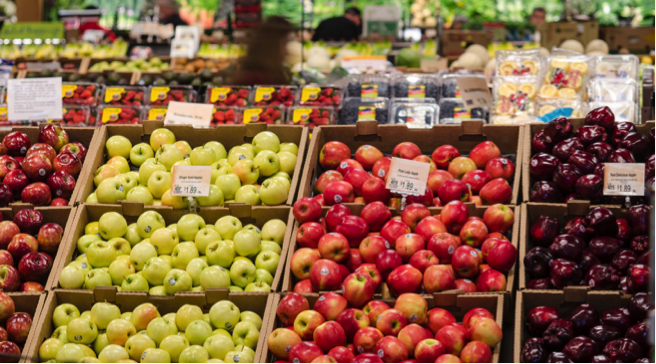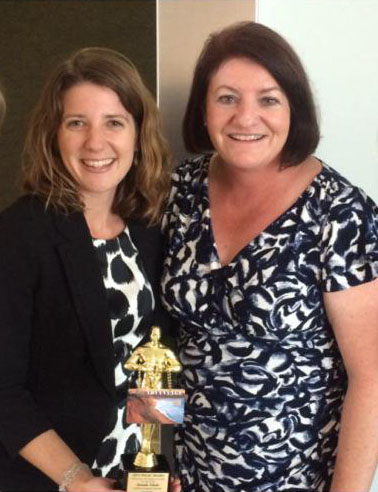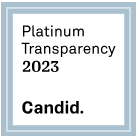A Letter From San Diego Hunger Coalition Executive Director Anahid Brakke
Dear Partners,
You may have heard about the Public Policy Institute of California’s (PPIC) recent release of CalFresh participation data by county. It was mentioned in the Voice of San Diego’s Morning Report in a bullet under “Quick News Hits.” CalFresh is one of our most powerful anti-hunger tools and the percentage of eligible households enrolled in CalFresh is an important metric in our effort to end hunger in San Diego County.
PPIC reports that 30.7 percent of those eligible for CalFresh are enrolled. Voice of San Diego compares this number to the 2007 rate of 35 percent, which they take from a different source (Food Research & Action Center) using different methodology.
The San Diego Hunger Coalition believes the PPIC estimate to be low. Our Director of CalFresh Outreach, Amanda Schultz, has provided the following explanation. She spoke with the Union Tribune yesterday, who reached out to us for comment. Hopefully that conversation will yield broader sharing of this information. We also invite you to share this blog post through your own outlets to help inform other hunger advocates and the public.
Why Are PPIC Measurements Of CalFresh Enrollment So Low?
PPIC's reported CalFresh enrollment rates are so low because of the denominator used to measure eligibility. Instead of the 125 percent of the Federal Poverty Line denominator currently used by USDA, California Department of Social Services, and CA Food Policy Advocates -- the other organizations that release CalFresh participation indices -- PPIC uses a 200 percent Federal Poverty Line denominator. This artificially inflates the number of California and San Diego County residents eligible for benefits.
Due to the intricacies of the CalFresh eligibility process, which utilizes two layers of income testing, not everyone who passes the first income test of 200 percent of the Federal Poverty Line is eligible for CalFresh.
To keep it simple, there are two income tests for CalFresh, and most households have to meet both income tests to be eligible for benefits. The first income test is easy, which is whether gross income (all income before taxes) falls below 200 percent of the Federal Poverty Line. Measuring eligibility becomes trickier in the second income test.
Federal guidelines require that a very specific set of formulas be used to determine what portion of a household’s income could potentially be used for food. These formulas deduct a percentage of federally-approved basic living expenses from a household’s gross income. The remaining income, after deducting amounts for basic living expense, has to be below 100 percent of the Federal Poverty Level in order to qualify for benefits.
Unfortunately, CalFresh eligibility calculations are based on antiquated federal formulas that do not deduct the full cost of basic living expenses in the modern era, especially in regards to housing costs in San Diego, and thus are not an accurate reflection of need. While the first (advertised) gross income test is 200 percent of the Federal Poverty Line in California, we find that households close to this measurement may or may not end up qualifying for benefits. San Diego Hunger Coalition believes that a more accurate CalFresh utilization rate would start with the 135 percent of the Federal Poverty Line population. However, 125 percent is what is available through the Census and most often used.
Our Work To End Hunger In San Diego County
San Diego Hunger Coalition is working with the County of San Diego Health & Human Services Agency (HHSA) and advocates statewide to develop a more accurate indicator for measuring CalFresh utilization. In the meantime, community-based organizations and HHSA come together every month through the Hunger Coalition’s CalFresh Task Force to work together to successfully address barriers to CalFresh enrollment, which has increased by 221 percent since 2007.
- In March of 2007, 91,939 San Diego County residents were enrolled in CalFresh.
- In March of 2016, 295,124 San Diego County residents are currently enrolled in CalFresh.
Are You Eligible For CalFresh?
The Hunger Coalition strongly recommends that individuals or families who are close to 200 percent of the federal poverty line still apply for CalFresh. Application is free and accessible through the following routes:
- Online at www.GetCalFresh.org or www.MyBenefitsCalWin.org.
- Over the phone through 2-1-1 San Diego (dial 211) or the County’s Access Call Center (1-866-262-9881).
- In-person by visiting a community based organization or County Family Resource Center. Community organizations and 2-1-1 San Diego can also connect people to additional food resources. A list of San Diego County community-based organizations in providing CalFresh application assistance can be found on San Diego Hunger Coalition's CalFresh Assistance page.
We are happy to provide additional information as requested.
Sincerely,



























